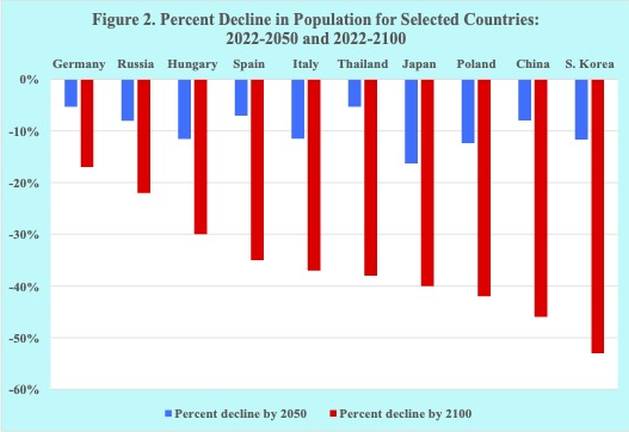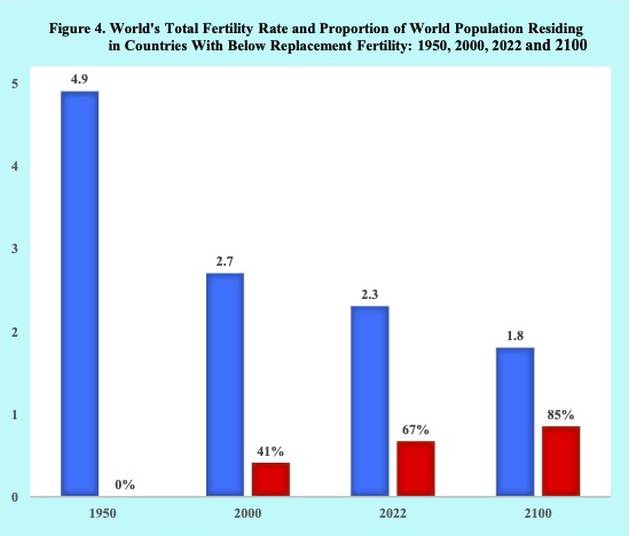Rancho Santa Margarita, Calif., Jan. 22, 2024 (GLOBE NEWSWIRE) — Sensegen, a pioneer in biotech–enabled fragrance solutions, announced a strategic collaboration with Takasago, a global leader in the flavor and fragrance industry. This creative and technical partnership marks a significant leap forward in fragrance creation powered by biotechnology innovation.
“The collaboration with Takasago stands as a shining example of creative synergy through biotechnology, a dynamic partnership poised to reenergize the field of fragrance ingredients,” said V.P. of Fragrance, Angélique Burke, at Sensegen. “At Sensegen, we believe in the transformative power of collaboration, and this venture with Takasago signifies our commitment to pushing the boundaries of innovation and crafting a vibrant, eco–responsible future for olfactory experiences.”
“We are pleased about the dynamic collaboration with Sensegen, as it marks a pivotal moment in the fragrance industry,” said Takasago’s Global Fragrance Division President, Paul Ireland. “Takasago’s rich fragrance expertise, combined with Sensegen's innovative biotech solutions, heralds a new era for perfumery.”
Novelty Unleashed
Sensegen and Takasago are joining forces to yield a fusion of creativity and technical prowess, promising to redefine the landscape of olfactory experiences.
Sensegen has achieved a significant milestone by leading the way in biotech fragrance ingredient development, notably as the pioneering creator of a class of natural musk raw materials. This groundbreaking accomplishment underscores the importance of prioritizing musk in pursuing sustainable and innovative fragrance solutions.
The impetus behind crafting these sought–after scents was a commitment to expanding options in perfumery, moving beyond synthetic petroleum–based fragrances and traditional extracts.
Beyond Ingredients: A Multi–tiered Approach
Sensegen is a full–fledged fragrance house that goes beyond supplying specialty ingredients. The mission is to strive to replace fossil–fueled synthetics and resource–depleting ingredients. There is an increasing global market for natural fragrance, with an estimation at $3.3 billion in the year 2022, and is projected to reach a revised size of $8.5 billion by 2030, growing at a CAGR of 12.7% over the period 2022–2030, according to the Global Natural Fragrance Industry report by Reportlinker.com.
The collaboration showcases Sensegen's multidimensional capabilities, contributing novel materials and know–how in creating biotech–enabled fragrances. It is a testament to Sensegen's commitment to work toward a better and clean future with a robust Intellectual Property (I.P.) position. This solid foundation positions Sensegen as a biosolutions fragrance leader in shaping the future of sustainable and inventive fragrance solutions.
Competitive Price and Scale
Coupled with innovation, it also provides cost–effective, scalable solutions to brands seeking a more natural profile and market share opportunities. For example, in the cleaning industry, the global natural household cleaners market size was valued at USD 5,237 million in 2022, and it is anticipated to reach USD 12,886 Million by 2030 at a CAGR of 11.9%, according to Straights Research. Products that fall under the category of “natural household cleaners” are those that do not include any synthetic chemicals. It does not contain any artificial components in any form. Sensegen's dedication to making eco–friendly options economically viable underscores a mission to democratize sustainable fragrances, enabling a broader reach for businesses committed to environmental responsibility.
R&D and Commercialization Capabilities
The use of biotechnological processes allows for innovation and novelty in fragrance creation. Manufacturers can explore a broader range of biomolecular compounds, leading to the development of unique and distinctive scents that set products apart in the market.
Sensegen's prowess extends beyond research and development (R&D) to effectively commercialize biotech–enabled fragrance solutions—the seamless integration of R&D excellence with commercial viability positions Sensegen as a competitive fragrance house.
Ireland added, “This collaboration will yield positive outcomes for the fragrance industry and offers transformative possibilities for brands exploring alternatives to virgin fossil–based ingredients. It's an exciting journey, and we’re contributing our expertise to shape the olfactory landscape for many important industries.”
Consumer Trend for Naturalness
As consumers become more environmentally conscious, brands incorporating fragrance biomolecules can benefit from a positive perception associated with sustainability and responsible sourcing. In a 2023 market report, 44% of consumers globally agree to actively look for sustainability claims on multiple forms of detergent products/brands. This can contribute to brand loyalty and attract environmentally conscious consumers.
Sensegen will present at the American Cleaning Institute (ACI) Annual Meeting and Industry Convention, Jan 29–31, where Burke will speak on “Biotechnology has the potential to enhance fragrance creation and accelerate the promise of moving beyond fossil fuel–based synthetic materials.” Wed. Jan. 31 at 10 am. The presentation will be at the Innovation Showcase 2. The cleaning industry is intensifying its focus on making industry norms, prioritizing eco–friendly materials, reducing harmful chemicals, and adopting biodegradable solutions, reusable cloths, and energy efficiency.
###
About Sensegen
Sensegen® is at the forefront of fragrance innovation, pushing the boundaries of biotech–enabled solutions to create sustainable and captivating olfactory experiences. For more information, visit sensegen.com.
As a division of Blue California Ingredients, our innovative taste, smell, and beauty creative center is dedicated to delivering plant–based, natural, and sustainable solutions. Sensegen’s creators collaborate with advanced bio–techniques and team up to provide unique consumer–validated formulations.
Attachments
- Sensegen has achieved a significant milestone by leading the way in biotech fragrance ingredient development.
- The use of biotechnological processes allows for innovation and novelty in fragrance creation.

GLOBENEWSWIRE (Distribution ID 9022066)











